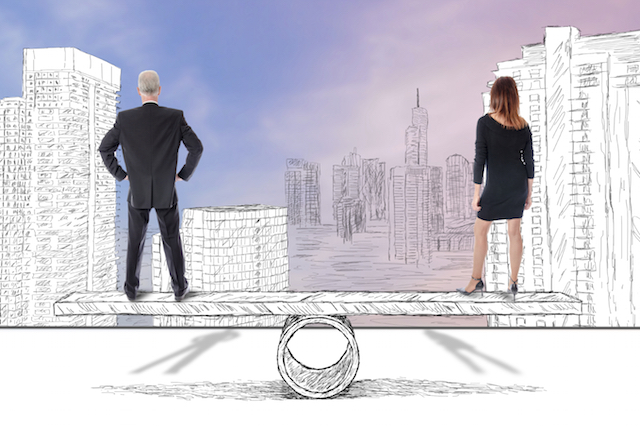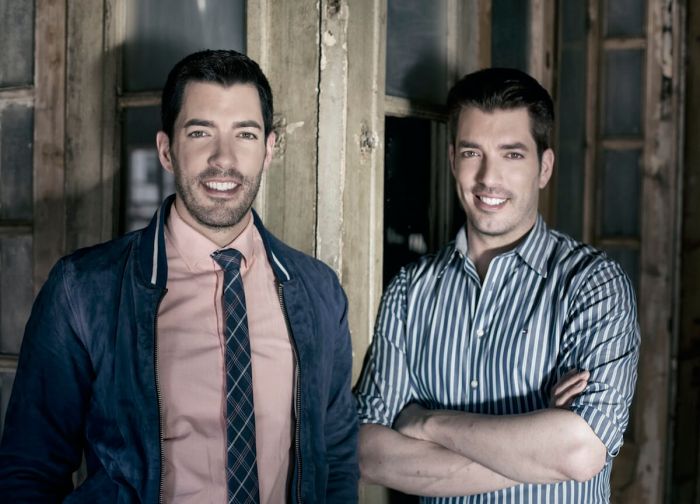In the past year alone, we’ve seen Jennifer Lawerence call out major Hollywood studios forpaying her significantly less than her male co-stars, Ellen Pao go up against her former employer in a high-profile Silicon Valley gender discriminationcase, and Hillary Clinton push back against gender stereotypes andbiting personal critiquesabout warmth and authenticty from which her male counterparts are exempt. Increased visabilty about gender inequality might seem like progress, but from the résumés that get noticed to workplace design, gender bias plays out in far more sublte — and unconscious — ways than we might have imagined, argues Iris Bohnet in her new book,“What Works: Gender Equality by Design.” Bohnet, a behavioral economist at Harvard University, where she is a professor, Director of the Women and Public Policy Program, and Co-Chair of the Behavioral Insights Group at the Kennedy School of Government, spoke to Metro about why we’re all prone to bias — no matter how self-aware or educated we are — and how companies and organizations can level the playing field. This is 2016. Many companies have long used diversity training to help achieve racial and gender equality. So why are our workplaces still so biased? How does this type of unconscious bias play out? Does it happen before someone is hired? People can make inferences on social or demographic backgrounds based on someone’s address. That places a huge role in French applications, because where people live seems to be closely related to their ethnic and social background. So what’s the alternative? A work sample test — and of course it has to mimic the job closely to measure whether in fact that person could be a productive administratvie assistant or researcher, could [be a better diagnostic of performance.] What other ways do we see bias play out before a person even gets the job? Is there a disconnect between what employers say, and who they actually hire? How can companies use design features to eliminate bias? This is a design intervention. This wasn’t about changing mindsets of orchestra directors or committees, but it was all about changing how we do things. In that sense, I think the screen can serve as a metaphor for people. What other sort of design interventions can help to level the playing field? One of my students Katie Baldiga Coffman,did some research for her dissertation, which which was trying to answer the following question: If women are indeed less confident and more risk-averse than men, then maybe women are less willing to guess in a multiple-choice test environment. The beauty of the laboratory is that she could could then force people to answer all questions in the second round. So she knows what they would have known, had they answered all the questions. Women in fact shied away from guessing, so they were more likely to skip, and men were more likely to guess. She found a substantial gender gap for equally able people. The new test did away with this. Certainly at Harvard, three years ago we really started to add more female portraits, and more portraits of people of color, which had been very heavily white male. What can men do to mitigate gender bias in the workplace?
A very important insight is that we, or our minds, tend to put people into categories. That’s just how our minds work. When we see a male kindergarten teacher, for example, or a female engineer, we don’t naturally associate those jobs with men or women.
Résumés are fraught with bias because they trigger some things we might not be aware of.Sadly enough, research can show that depending on whether the name is male or female, and what racial background the name signals, the likelihood that the person gets a call is significantly affected. In a name, there’s very often a lot of stereotyping going on, and it’s often unconscious.
There’s definitely evidence suggesting that a résumé does provide useful information, but there are some companies which have done away with résumés completely. They are arguing that the résumé biases us and we’re looking backwards, and really, we want to be looking at applicants with a completely open mind.
Interviews are an even worse candidate [than résumés]. It’s actually the place we’re most concerned about because employers tend to think they have good intuition, but that’s where bias kicks in.
Even when you ask interviewers what they look for, the answers that they give are actually quite scary. Like, “I just learned that he likes the same football team as I do, he must be a great production editor.” Clearly, things that have nothing to do with each other. The interesting thing is not that there is no useful information at all in an interview, but that we as human beings are unable to filter what’s predictive of future performance, and what’s just noise.
The book starts out with the example of orchestras. In the’70s, major orchestras in the United States introduced curtains and had their musicians audition behind a screen. They did that because they were concerned about whether people areaffected by whether or not musicans look the part. Indeed, that’s exactly what they found. The likelihood that women would make the next rounds increased by 50 percentage points. The curtains played a very important role in introducing female musicians in to orchestras.
In March, the College Board introduced a new SAT with many new design features, some of them controversial. But one feature was used to gender de-bias the test.[On the old SAT, a quarter point was deducted for each incorrect guess; on the new SAT, there is no penalty for guessing]
What’s one thing organizations can change immediately to de-bias the workplace?
There’s a lot of research suggesting that role models still matter. There is evidence that what is on the walls, even where you’re taking a test, can activate certain stereotypes and make us more likely or less likely to perform well. Our organizations really have to think about what they have on the walls, and whether it’s representative of our employees, or our future employees. What are we signaling with the portraits on our walls?
There’s a lot of interesting researching looking at fathers of daughters.There’s research showing that male politicians and CEOs who are fathers of daughters are more gender equal than other men or fathers who don’t have daughter.So I do think that whole question of empathy and walking in other people’s shoes is very helpful.
Is workplace bias preventing you from getting ahead?

iStock
























